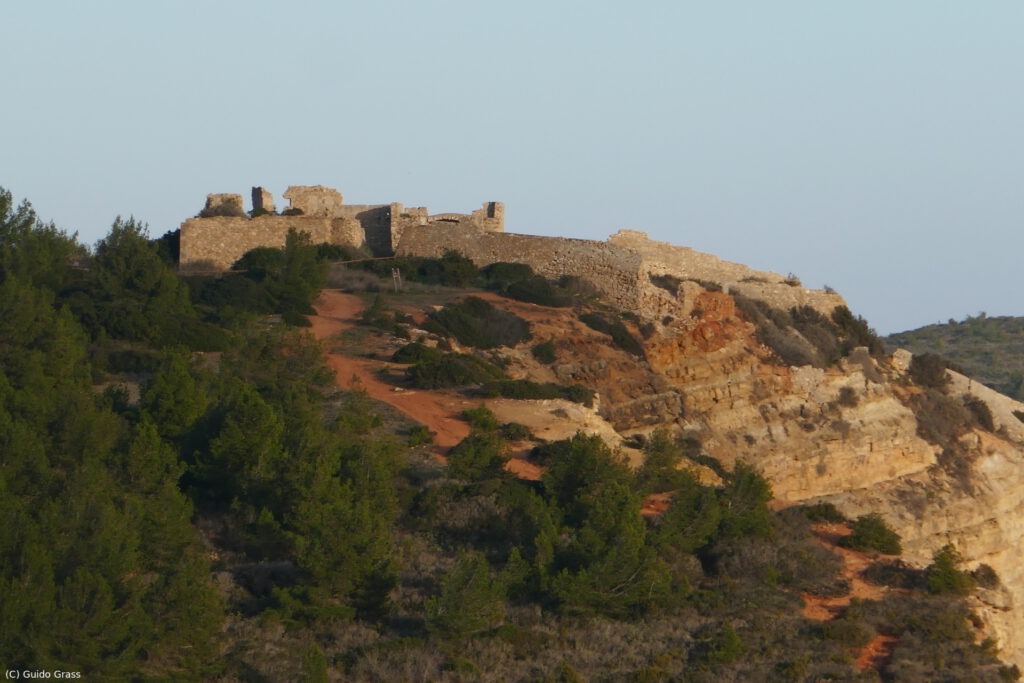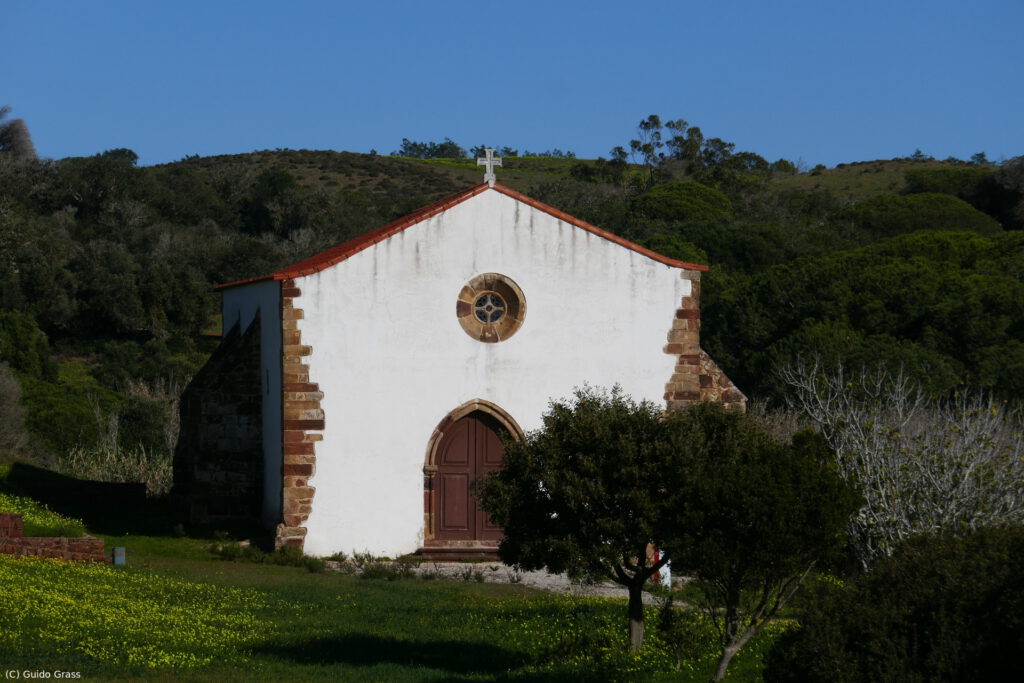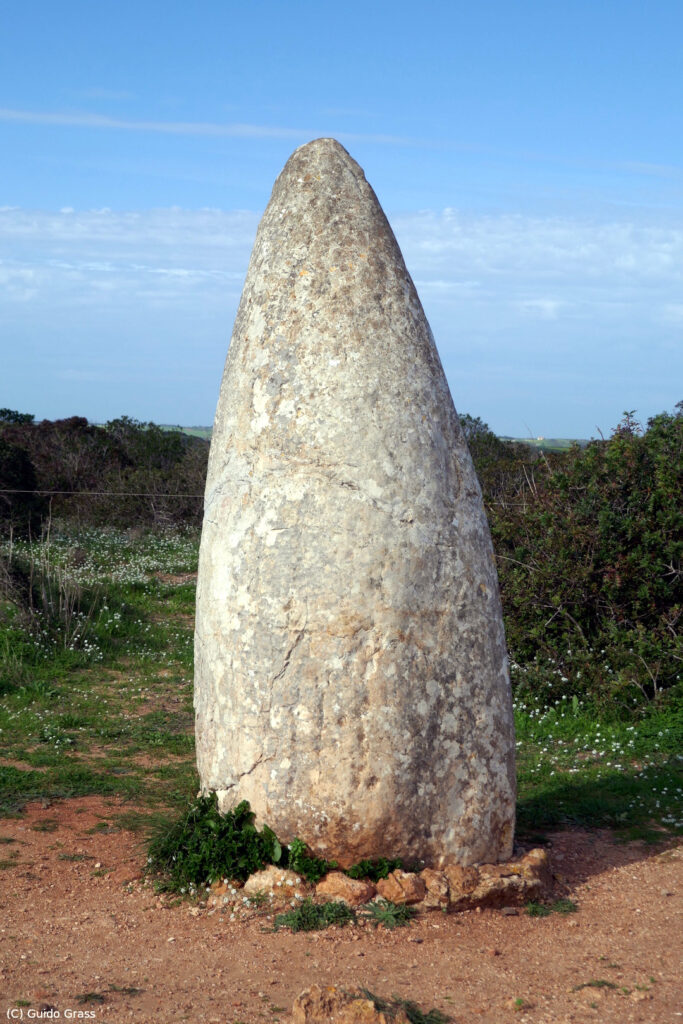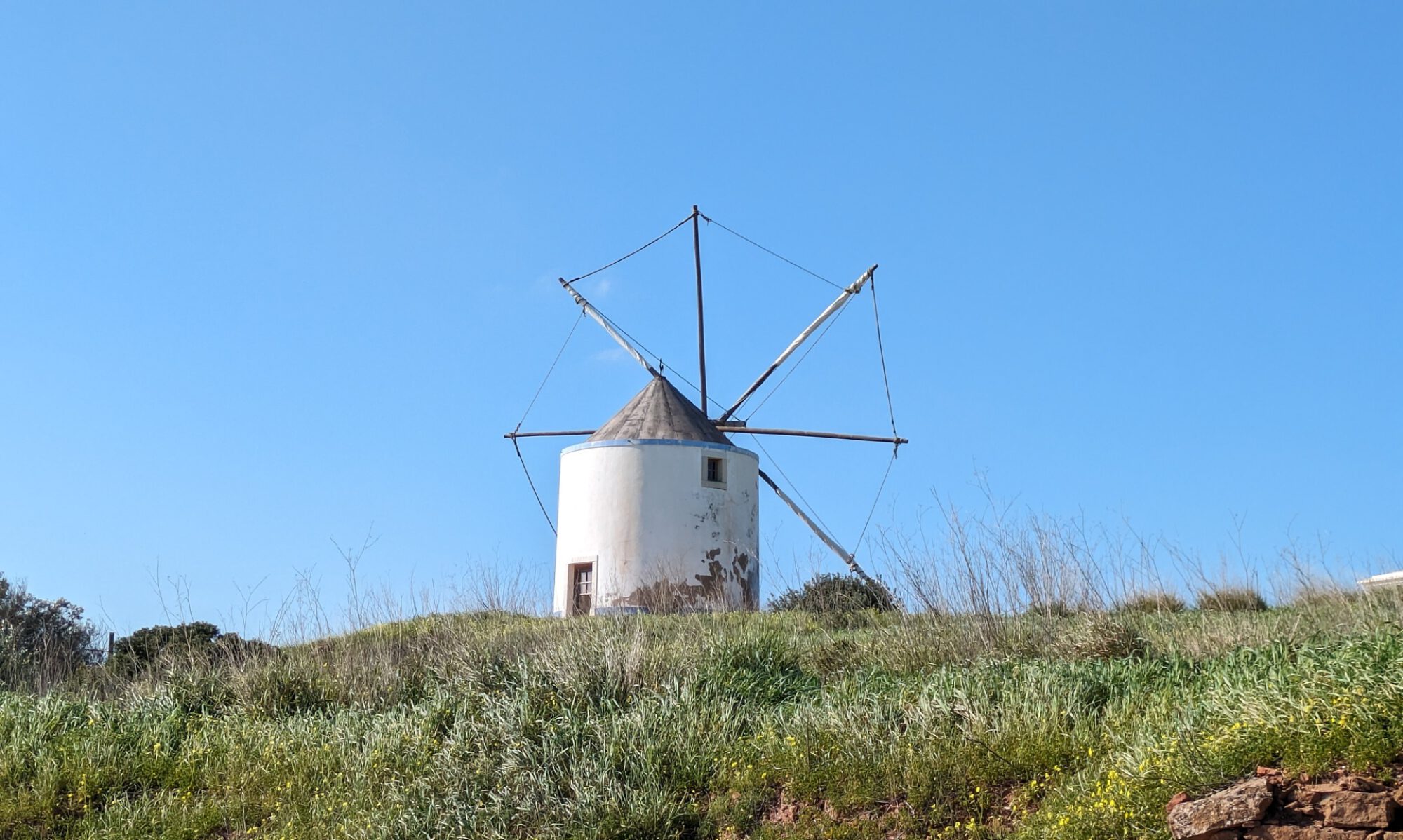The Algarve offers more than just sun, sea, and nature. Fascinating sights bear witness to thousands of years of history and culture.
Forte de Almádena
Above the beach of Boca do Rio lies a ruin. D. Luís de Sousa, later Count of Prado and Governor and Captain General of the Kingdom of the Algarve, had the Forte de São Luís de Almádena built after 1631.

In the early 17th century, several fortifications lined the Algarve coast. They were primarily intended to protect the local tuna fishing stations (Almadravas or Armações) and this stretch of coastline from attacks by privateers and pirates.
During the Portuguese Civil War (1828–1834), the fort was once again equipped with personnel and artillery. It was last used in the mid-19th century by soldiers from Lagos to combat tobacco smuggling. Since then, it has been abandoned and left to decay.
Although considerably more investment would likely be needed to preserve it, the fort is in significantly better condition than its neighbours. It does not take much imagination to picture the structure in its entirety: the entrance, once secured by a drawbridge, is well preserved, as are parts of the chapel. Two gun emplacements – one lower and one higher up – are also clearly visible.
Those who wish to avoid the steep climb from the beach can drive all the way to the fort. However, the final stretch of road is unpaved and barely passable due to deep potholes.
Nossa Senhora de Guadalupe
The Hermitage of Our Lady of Guadalupe (Ermida de Nossa Senhora de Guadalupe) is a real gem only 4,5 km away, next to Raposeira. Unique above all is the overall atmosphere, also supported by the magnificent location in the midst of green hills. The chapel dates back to the 14th or 15th century. Although it has been stripped of almost all its treasures, it is well worth seeing.

The decorations of the chapters and the keystone in the choir, some of which are based on pagan motifs, are really something special. The chapel was built for the veneration of Our Lady of Guadalupe, a black Madonna. Don’t miss the information centre, a small museum loacted in the neighbouring former farmhouse. The explanation of the spice trade in the time of Infante Dom Henrique is vividly presented. Children are not the only ones who will enjoy touching and smelling the different spices that are kept in boxes.
Since the chapel and the museum are only open during the season, it is best to check locally for opening times and admission prices.
Menhir of Padrão (Menir de Padrão)
The pleasant climate and beautiful landscape of the Algarve have always attracted people. This is evidenced by millennia-old findings from the Neolithic period (more than 5000 years before Christ): Menhirs.
Nowhere on the Iberian Peninsula is the density of these stone monuments higher than in the Algarve. A special megalith stands, the Menhir of Padrão, south of Raposeira at the edge of the road leading to Praia da Ingrina.

On the way to or from the beach it is definitely worth a short stop.

